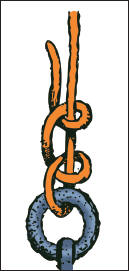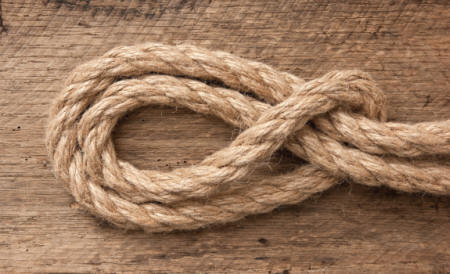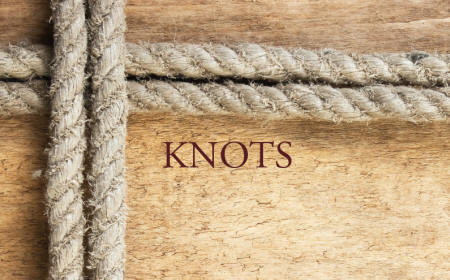
Knowing how to tie a variety of knots is invaluable, especially if you are involved in boating, rock climbing, fishing, or other outdoor activities.
Strong knots are typically those that are neat in appearance and are not bulky. If a knot is tied properly, it will almost never loosen and will still be easy to untie when necessary.
Qualities of a Good Knot
1. It can be tied quickly.
2. It will hold tightly.
3. It can be untied easily.
Three Parts of a Rope
1. The standing part: this is the long, unused part of the rope.
2. The bight: this is the loop formed whenever the rope is turned back.
3. The end: this is the part used in leading.
The best way to learn how to tie knots effectively is to sit down and practice with a piece of cord or rope. Listed below are a few common knots that are useful to know:
• Bowline knot: Fasten one end of the line to some object. After the loop is made, hold it in position with your left hand and pass the end of the line up through the loop, behind and over the line above, and through the loop once again. Pull it tightly and the knot is now complete.
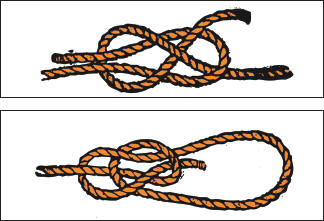
• Clove hitch: This knot is particularly useful if you need the length of the running end to be adjustable.
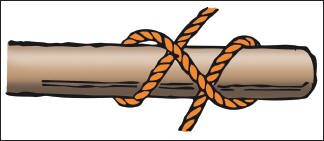
• Halter: If you need to create a halter to lead a horse or pony, try this knot.
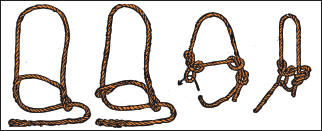
• Slip knot: Slip knots are adjustable, so that you can tighten them around an object after they’re tied.

• Square/reef knot: This is the most common knot for tying two ropes together.
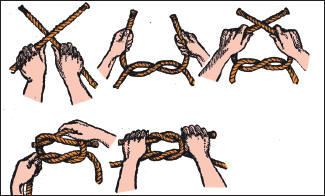
• Timber hitch: If you need to secure a rope to a tree, this is the knot to use. It is easy to untie, too.
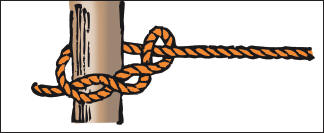
• Two half hitches: Use this knot to secure a rope to a pole, boat mooring, washer, tire, or similar object.
